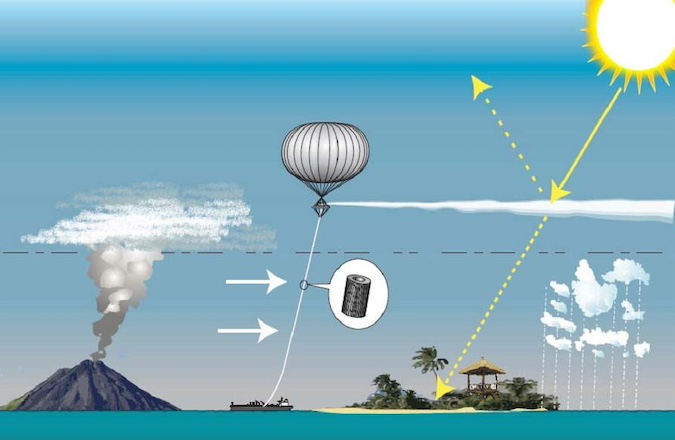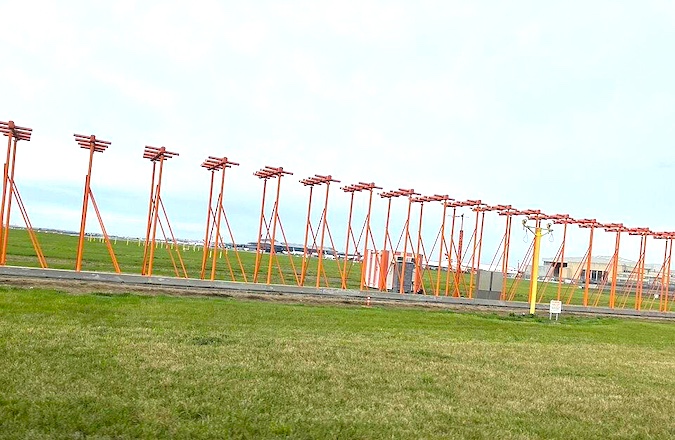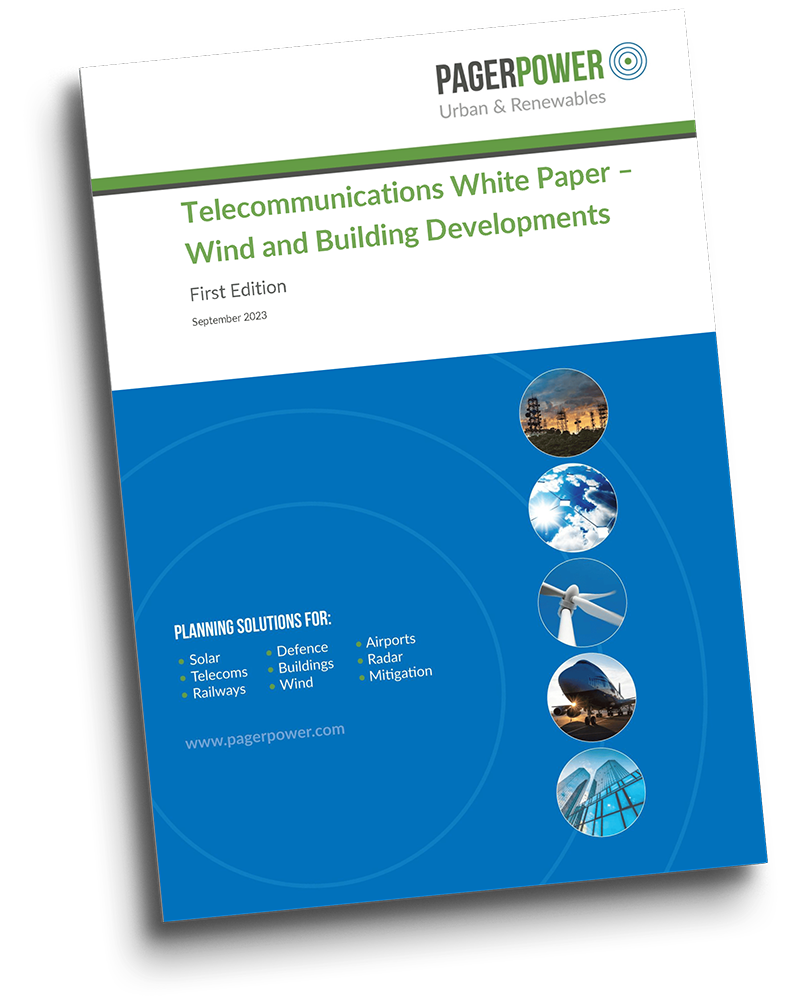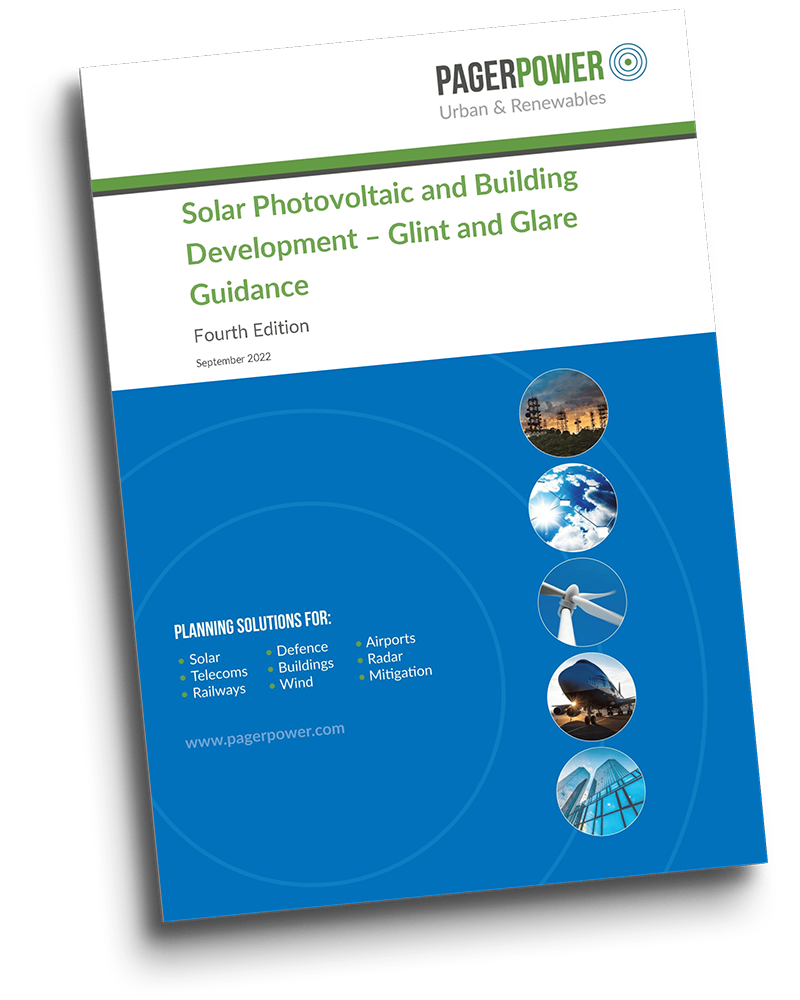CNS Equipment Deep Dive, Part 2: Communications

In the first article of this series – Introducing: CNS Equipment Deep Dive – we provided an overview of Communications, Navigation, and Surveillance (CNS) equipment used in aviation. This article focuses on the first component: Communications, explaining what aviation communications is, what systems are used, and how the equipment can be affected by new development.
There are several different technologies used for communication in aviation. The type of system used depends on the type of aircraft, phase of flight, location of the aircraft, and/or availability of ground-based infrastructure.
What is Aviation Communications?
In the aviation context, communications refer to the exchange of information mostly between aircraft and ground-based infrastructure, but also between aircraft themselves. This can be in the form of voice communication (typically via radio) or data communication (via digital systems).
These systems are used for:
- Air Traffic Control (ATC) instructions;
- Flight planning and operational messaging;
- Emergency and contingency communications.
Without effective communication, safe and coordinated flight operations would not be possible.
Types of Communication Systems
A table of some communications systems is set out below.
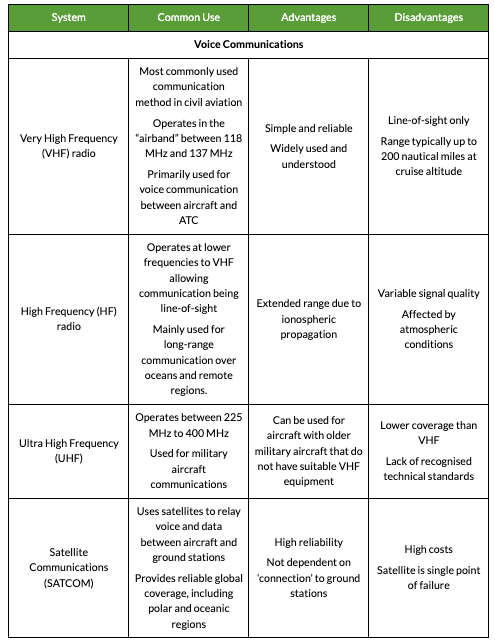
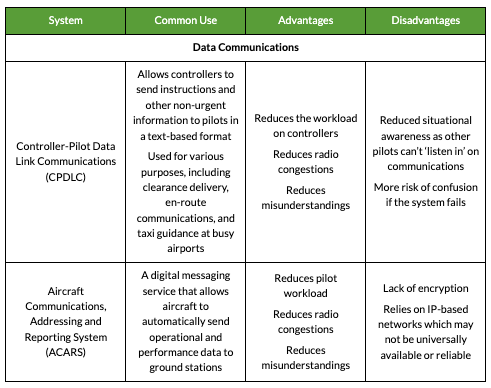
Potential Impacts from Developments
Although aviation communications equipment is generally less susceptible to physical obstruction than navigation or surveillance equipment, certain developments can still present risks when in proximity to ground stations.
For example, large structures such as buildings or wind turbines may:
- Block line-of-sight between aircraft and ground transmitters;
- Cause radio reflections or shadowing, particularly in hilly terrain;
- Introduce electromagnetic interference if emitting within sensitive frequency bands.
Pager Power has experience assessing these types of effects as part of our aviation risk assessments. Although such impacts are less common, they can still be material – particularly where communications are already weakened by terrain or existing infrastructure.
Summary
Communications systems are a core component of modern aviation. As airspace becomes busier and more automated, the reliability of these systems becomes increasingly important.
While not as frequently affected by developments as navigation or surveillance systems, communications infrastructure can still be impacted under certain conditions. Understanding these risks early in the planning process can help to avoid costly delays or redesigns later on.
Pager Power
Pager Power has experience constructing Building Restricted Areas around CNS equipment at airports around the world to determine whether they could be impacted by new obstacles.
If you are working on a project where concerns have been raised in relation to CNS equipment, please reach out on +44 (0) 1787 319001 or email michael@pagerpower.com.
Image accreditation: Luis Quintero (2023) from Pexels.com. Last accessed on 13th June 2025. Available at: https://www.pexels.com/photo/headphones-hanging-from-the-ceiling-of-a-cabin-15778615/https://www.pagerpower.com/wp-content/uploads/2025/06/CNS-Equipment-thumbnail.jpeg

